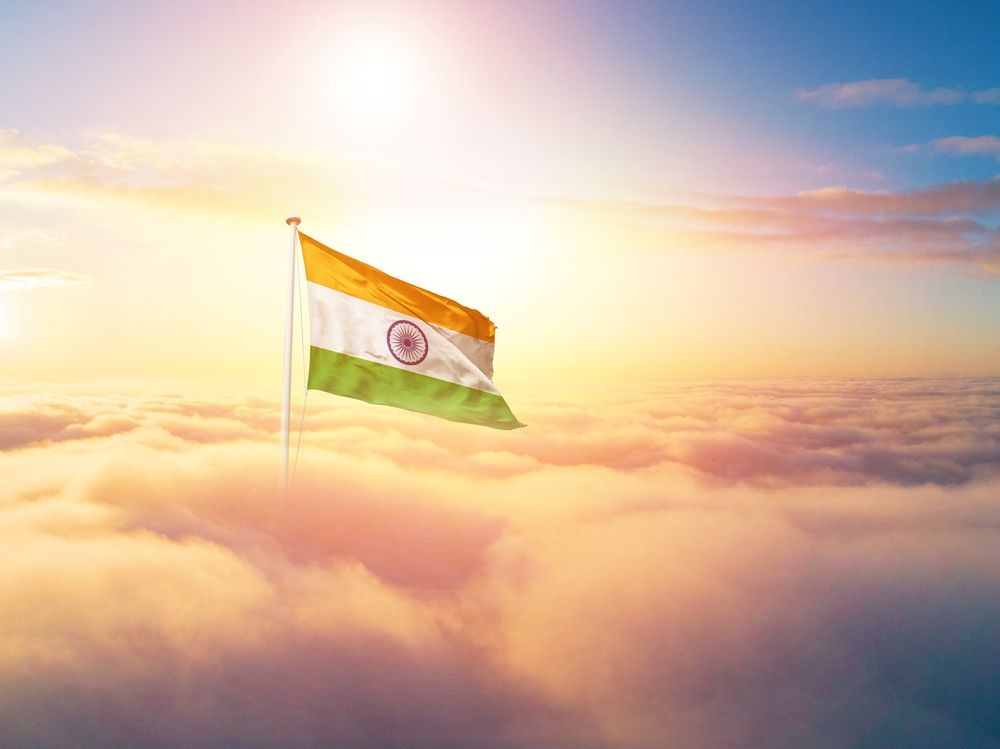Travellers from all around the world will find India to be a nation of fantastic scenery, varied ecosystems, and hypnotic natural beauties. The country boasts some of the most breathtaking natural wonders, from snow-capped mountains to gorgeous waterfalls and extensive salt marshes. Here are eleven breathtaking natural beauties of India you must not miss if you enjoy the outdoors.
1. The Valley of Flowers, Uttarakhand
One of India’s most beautiful natural displays, the Valley of Flowers is a UNESCO World Heritage Site tucked away in the Himalayas. With pink, blue, yellow, and red creating an ethereal scene, the valley becomes a vivid carpet of wildflowers during monsoon season. The blue poppy and the elusive snow leopard are also rare species. Trekking around this paradise will enthral you.
2. Pangong Lake, Ladakh
Pangong Lake is breathtakingly beautiful—a sparkling blue expanse amid the parched mountains of Ladakh. Stretching from India into Tibet, the lake’s colours change with the day from deep blue to turquoise and green. For photographers and environmentalists, this dream location contrasts the tranquil waves with the rough terrain.
INDIAN VISA FOR GABONESE CITIZENS
3. The Great Rann of Kutch, Gujarat
The Great Rann of Kutch, one of the biggest salt deserts on Earth, is a bizarre, nearly unearthly scene. In winter, the never-ending white salt flats under a moonlight sky produce a stunning environment. A visit is much more memorable when one attends the yearly Rann Utsav, a cultural celebration highlighting Gujarat’s vivid customs, handcrafts, and folk performances.
4. Dudhsagar Waterfalls, Goa
Dudhsagar Waterfalls, one of India’s highest and most breathtaking waterfalls, towers 310 meters. Especially during monsoon, this four-tiered waterfall, which lies among the verdant Western Ghats, seems like a milky white stream running down steep hills. The nearby vegetation and hazy air enhance its magical appeal.
5. Loktak Lake, Manipur
Often referred to as the “Floating Lake,” Loktak Lake in Manipur is well-known for its phumdis—floating islands of flora. For the nearby fishermen, this is the biggest freshwater lake in Northeast India and their lifeblood. Keibul Lamjao National Park, the first floating national park in the world, is also called the lake home and features rare and threatened Sangai deer.
6. Barren Island, Andaman & Nicobar Islands
Barren Island, India’s only active volcano, provides a fantastic window into the unadulterated force of nature. This far-off island in the Andaman Sea has black sand beaches, and burning craters of challenging lava flow. Although it is forbidden to land on the island, tourists may still enjoy its spooky beauty from a boat or on an exciting scuba diving trip over its seas.
7. Chitrakote Waterfalls, Chhattisgarh
Known sometimes as the “Niagara Falls of India, Chitrakote Waterfalls spans more than 300 meters during the monsoon season, making it the widest waterfall in the nation. Especially when lit by the golden hues of the evening sun, the Indravati River falls over a horseshoe-shaped rock in a fantastic display.
8. Marble Rocks at Bhedaghat, Madhya Pradesh
The Marble Rocks at Bhedaghat, close to Jabalpur, are a natural beauty where the Narmada River sculpts immaculate white marble cliffs. A boat trip along the river is a fantastic experience, especially on a full moon night. Rising to almost 100 feet, the rocks create a tremendous ballet of silver and shadows reflecting the moonlight.
INDIAN VISA FOR SINGAPORE CITIZENS
9. Sundarbans Mangrove Forest, West Bengal
The Sundarbans are the biggest mangrove forest worldwide and a UNESCO World Heritage Site. They are a maze of tidal channels, mudflats, and islands. Nestled among saltwater crocodiles, the magnificent Royal Bengal Tiger, and a rainbow of birdlife, this deep forest presents an unmatched wildlife encounter. Cruising its waterways and seeing animals in their natural habitat is a fantastic excursion.
10. Living Root Bridges, Meghalaya
The native Khasi tribes have created living root bridges by training the aerial roots of rubber trees to develop strong paths over rivers and streams deep in the Meghalaya rainforests. Some of these over 100-year-old bridges are engineering wonders and evidence of human harmony with the environment. One is quite amazed at the well-known double-decker root bridge in Nongriat village.
Conclusion
The natural beauties of India present an intriguing fusion of adventure, terrain, and species. Whether your taste is for peace in the Himalayas, the vivid colours of a salt desert, or the deafening sound of waterfalls, these ten amazing locations guarantee unique encounters. Remember to respect and protect the environment while you discover these wonders so that future generations may savour their beauty exactly as we do now.
Read more: The Best Ski Resorts in New Zealand: A Winter Wonderland




